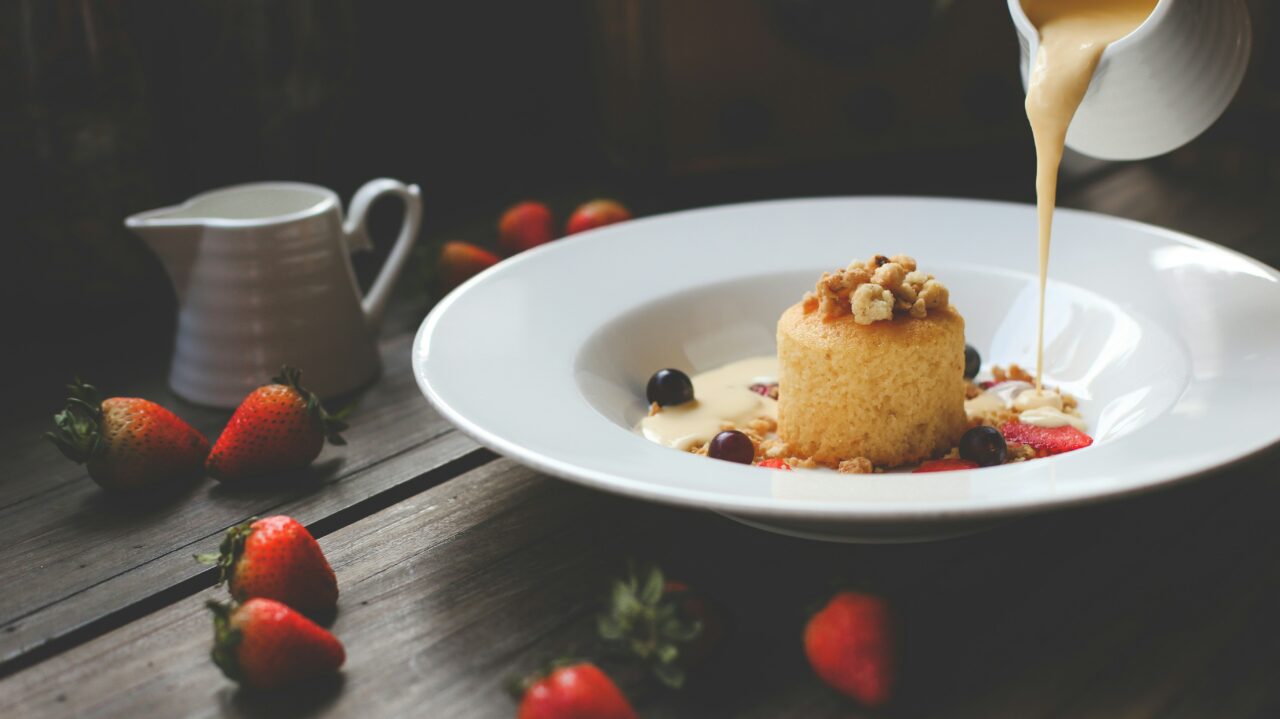Food Plating and Presentation Tips for Private Chefs
In the realm of culinary artistry, the way a dish is presented holds as much significance as its taste. Whether experienced chefs or newcomers to the profession, culinary experts comprehend that a well-plated dish not only enriches the dining experience but also serves as a reflection of their commitment to the craft. This guide aims to explore various tips and tricks, assisting chefs in enhancing their plating skills and crafting visually striking masterpieces.
New to the world of private cheffing and curious about work hours? Click to Find Out!
Choose Your Plates Wisely:
Selecting the right plate is the canvas for your culinary creation. Consider the shape, color, and size to complement the aesthetic you have in mind. The plate sets the tone for the dish and influences how diners perceive the flavors.
Embrace Mini-Dishes for Variety:
For courses like soups, gravies, or salads, consider using mini-dishes or pots. This not only adds a touch of elegance but also allows for a creative and controlled presentation. Miniature vessels add flair to your presentation while maintaining portion control.
Mindful Portion Control:
Avoid overwhelming your diners with oversized portions. Carefully manage the quantity of each element on the plate. Striking the right balance ensures that diners enjoy each component without feeling overwhelmed.
Play with Colors and Symmetry:
Create visual appeal by incorporating contrasting colors or experimenting with symmetry. Avoid overcrowding the plate with garnishing elements; instead, focus on strategic placement and balance.
Position Ingredients with Precision:
Every element on the plate should be positioned with intention. Pay attention to the arrangement, ensuring that each component complements the others. Precision in placement reflects professionalism and attention to detail.
Textures:
Consider the various textures of different food staples—hard, soft, liquid, tender, moist, crispy, etc. Texture directly impacts sensory organs, especially the palate, tongue, fingers, and teeth. The good texture of a dish embraces the overall quality index of food.
Layering:
Just as cooking involves different spices and ingredients, layering in presentation has numerous elements that can create an aesthetically pleasing display. Layering is not limited to stacking; it also includes layering flavors to lend a satisfying dining experience.
Artistic Sauce Application:
Elevate your dish by using a brush or pipette to apply sauces. Experiment with different patterns such as points, straight lines, or zigzags. The method of sauce application adds an artistic touch to your presentation.
Creative Decoration with Herbs and Spices:
Elevate the visual appeal of your dishes by incorporating decorative elements such as herbs, spices, edible flowers, or citrus zest. These additions not only add vibrant colors but also infuse unique flavors into the culinary composition.
Discover Must-Have Kitchen Gear for New Private Chefs! Read Now for Essential Tips
